8 Natural Remedies for Joint Pain: Effective Solutions for Relief
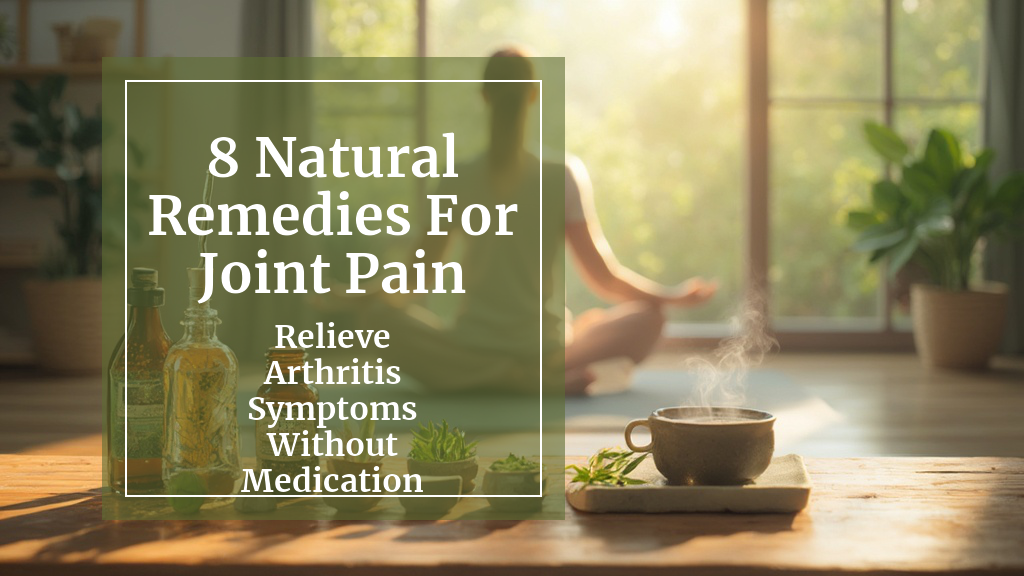
Table of Contents
- Introduction
- Turmeric and Curcumin
- Omega-3 Fatty Acids
- Ginger
- Boswellia
- Exercise and Movement
- Heat and Cold Therapy
- Acupuncture
- Mindfulness and Stress Reduction
- Conclusion
Introduction
Joint pain can be a debilitating condition that affects millions of people worldwide. While conventional treatments are available, many individuals seek natural alternatives to manage their discomfort. This article explores eight effective natural remedies for joint pain, providing insights into how these solutions can offer relief and improve quality of life.
Understanding the root causes of joint pain is crucial for effective management. Factors such as inflammation, wear and tear, and autoimmune conditions can contribute to joint discomfort. By addressing these underlying issues through natural means, we can often achieve significant improvements in joint health and overall well-being.
For those interested in a comprehensive approach to natural healing, the Naturopathy Practitioner Training Course offers in-depth knowledge on holistic health practices, including natural pain management techniques.
1. Turmeric and Curcumin
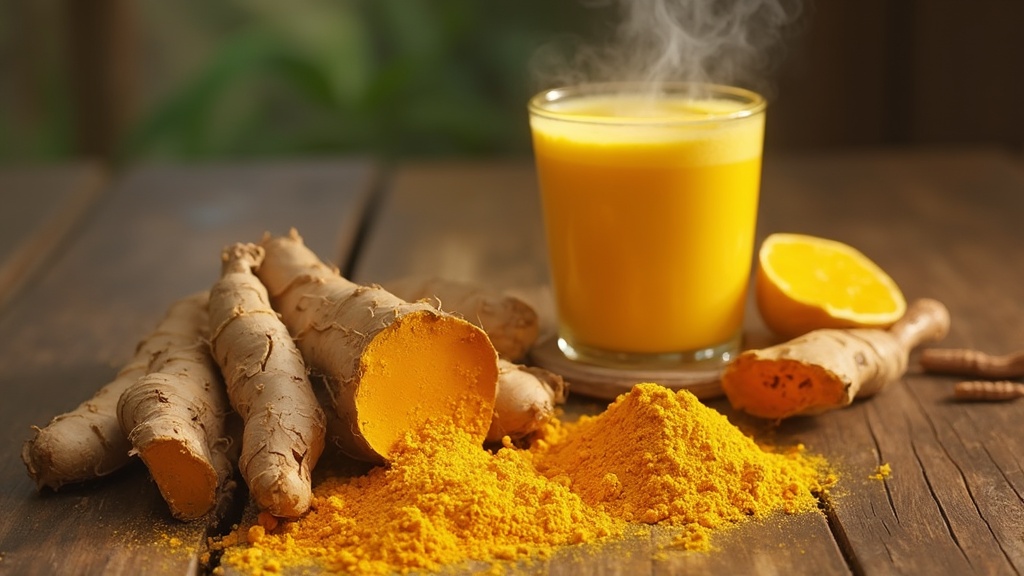
Turmeric, a vibrant yellow spice commonly used in Indian cuisine, has gained significant attention for its potential anti-inflammatory properties. The active compound in turmeric, curcumin, is believed to be responsible for its therapeutic effects.
Recent research has shed light on the effectiveness of curcumin in managing joint pain, particularly in cases of osteoarthritis. A study discussed in the Harvard Health Blog (https://www.health.harvard.edu/blog/curcumin-for-arthritis-does-it-really-work-2019111218290) compared the efficacy of curcumin to a nonsteroidal anti-inflammatory drug (NSAID) in treating knee osteoarthritis. The results were promising, suggesting that curcumin could be a viable natural alternative for pain management.
To incorporate turmeric into your diet:
- Add turmeric to your cooking, particularly in curries and soups
- Prepare a turmeric latte or “golden milk”
- Consider high-quality curcumin supplements for more concentrated doses
It’s important to note that while turmeric is generally safe, it may interact with certain medications. Always consult with a healthcare professional before starting any new supplement regimen.
2. Omega-3 Fatty Acids
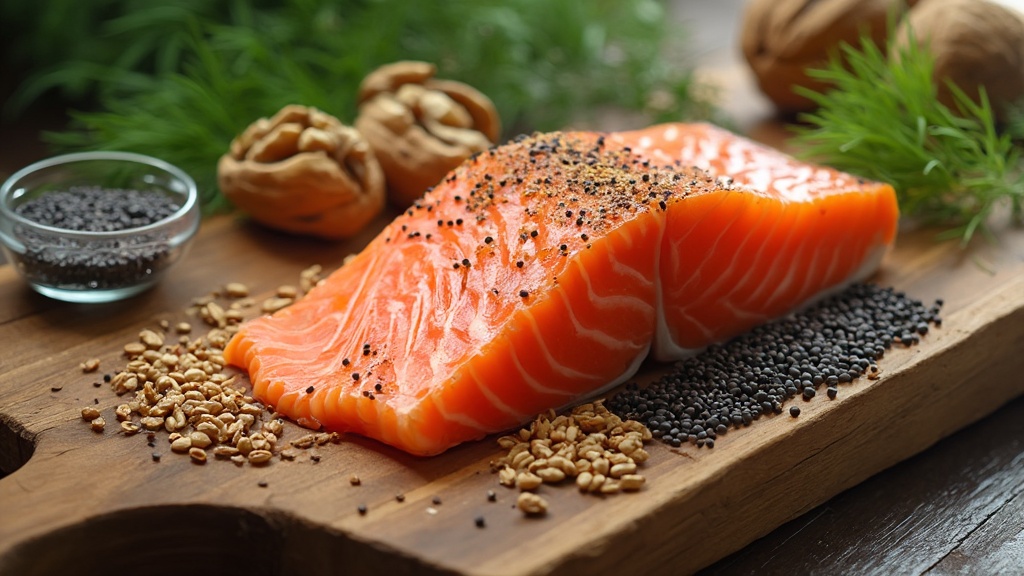
Omega-3 fatty acids, particularly EPA (eicosapentaenoic acid) and DHA (docosahexaenoic acid), are renowned for their anti-inflammatory properties. These essential fats play a crucial role in reducing inflammation throughout the body, including in the joints.
According to research outlined by Zahn Chiropractic (https://www.zahnchiropractic.com/anti-inflammatory-omega-3-fatty-acids-joint-mobility/), omega-3 fatty acids contribute to joint health in multiple ways:
- Inhibiting inflammatory molecules like eicosanoids and cytokines
- Improving synovial fluid health, enhancing joint lubrication
- Reducing the production of enzymes that break down cartilage
To increase your omega-3 intake:
- Consume fatty fish like salmon, mackerel, and sardines 2-3 times per week
- Incorporate plant-based sources such as flaxseeds, chia seeds, and walnuts into your diet
- Consider a high-quality fish oil or algae-based omega-3 supplement
While omega-3s are generally safe, individuals on blood-thinning medications should consult their healthcare provider before significantly increasing their intake.
3. Ginger
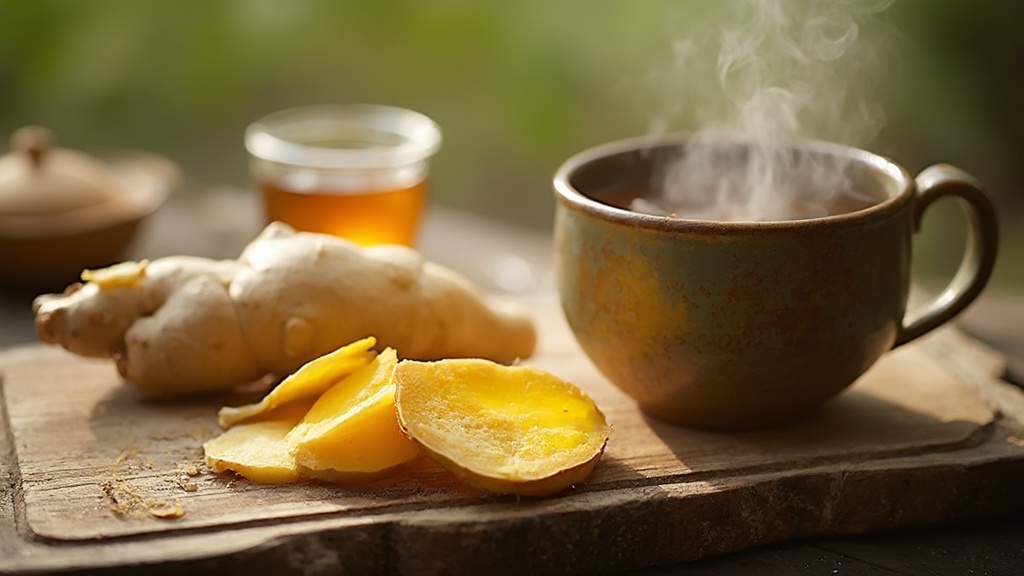
Ginger, a flavorful root with a long history in traditional medicine, has shown promise in managing joint pain and inflammation. Its active compounds, including gingerols and shogaols, are believed to contribute to its anti-inflammatory effects.
Research has indicated that ginger may be particularly effective in reducing osteoarthritis-related pain. A study published in the journal Arthritis & Rheumatism found that ginger extract could reduce knee pain in patients with osteoarthritis.
Ways to incorporate ginger into your routine:
- Brew fresh ginger tea by steeping sliced ginger in hot water
- Add grated ginger to stir-fries, soups, and smoothies
- Consider ginger supplements in capsule or extract form
While ginger is generally safe, it may interact with blood-thinning medications. As with any natural remedy, it’s wise to consult with a healthcare professional before using ginger medicinally, especially if you have any pre-existing health conditions.
4. Boswellia
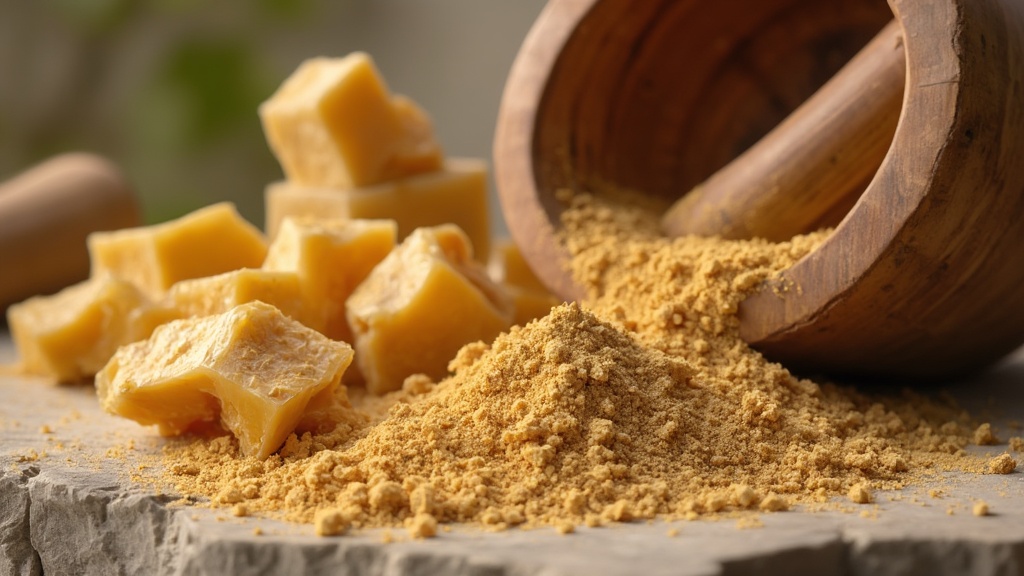
Boswellia, also known as Indian frankincense, is an herbal extract derived from the Boswellia serrata tree. This ancient remedy has been used in Ayurvedic medicine for centuries and has gained attention in modern research for its potential anti-inflammatory properties.
A recent study published in Frontiers in Pharmacology (https://www.frontiersin.org/journals/neurology/articles/10.3389/fneur.2024.1361037/full) evaluated the effectiveness of Boswellia serrata extract (BSE) in managing knee osteoarthritis. The research found that BSE treatment significantly improved physical function by reducing pain and stiffness compared to a placebo.
Key findings from the study:
- BSE improved knee joint gap and reduced osteophytes
- Reduced serum levels of high-sensitive C-reactive protein, an inflammatory marker
- Demonstrated safety and efficacy as a supplement for joint health
To incorporate Boswellia into your joint health regimen:
- Consider Boswellia supplements in capsule or extract form
- Look for products standardized to contain specific amounts of boswellic acids
- Follow recommended dosages and consult with a healthcare provider before use
While Boswellia shows promise, more research is needed to fully understand its long-term effects and optimal dosing. As with any supplement, it’s important to use it under professional guidance, especially if you have existing health conditions or are taking other medications.
5. Exercise and Movement

Regular, appropriate exercise is crucial for maintaining joint health and managing pain. Contrary to common misconceptions, movement can actually help reduce joint pain and stiffness, improve flexibility, and strengthen the muscles that support the joints.
The Arthritis Foundation emphasizes the importance of exercise for joint health (https://www.arthritis.org/health-wellness/healthy-living/physical-activity/getting-started/8-ways-exercise-helps-joints). According to their research, exercise benefits joints in several ways:
- Lubricates joints by increasing synovial fluid production
- Promotes circulation of nutrients to cartilage and other joint tissues
- Strengthens muscles around the joints, providing better support
- Helps maintain a healthy weight, reducing stress on weight-bearing joints
Recommended exercises for joint health:
Time Required: 30-60 minutes daily
Materials Needed: Comfortable clothing, supportive shoes, and possibly a yoga mat or swimming gear depending on the chosen activity
- Low-impact aerobic activities (swimming, cycling, walking)
- Strength training with light weights or resistance bands
- Flexibility exercises (gentle stretching, yoga, tai chi)
- Range-of-motion exercises to maintain joint mobility
Benefits: Regular exercise can significantly reduce joint pain, improve mobility, and enhance overall quality of life. A study published in the Journal of Rheumatology found that moderate exercise improved pain levels and physical function in individuals with osteoarthritis.
It’s essential to start slowly and gradually increase the intensity and duration of your exercise routine. Always listen to your body and consult with a healthcare professional or physical therapist to develop an exercise plan tailored to your specific needs and limitations.
6. Heat and Cold Therapy

Heat and cold therapy are simple yet effective methods for managing joint pain. These treatments can be easily applied at home and often provide quick relief. Understanding when to use heat versus cold is key to maximizing their benefits.
Heat Therapy
Time Required: 15-20 minutes per session
Materials Needed: Heating pad, warm towel, or hot water bottle
Heat therapy is particularly beneficial for:
- Relieving stiffness in joints, especially in the morning
- Increasing blood flow to the affected area
- Relaxing muscles around the joint
Application methods:
- Apply a heating pad to the affected joint
- Take a warm bath or shower
- Use warm paraffin wax for hands or feet
Cold Therapy
Time Required: 10-15 minutes per session
Materials Needed: Ice pack, frozen gel pack, or bag of frozen vegetables
Cold therapy is effective for:
- Reducing inflammation and swelling
- Numbing pain in acute flare-ups
- Decreasing blood flow to an injured area
Application methods:
- Apply an ice pack wrapped in a thin towel to the affected area
- Use a cold gel pack
- Try ice massage for small joints
Benefits: Both heat and cold therapy can provide significant pain relief and improve joint function. A study published in the Journal of Clinical Medicine Research found that alternating heat and cold therapy was effective in reducing pain and improving physical function in patients with knee osteoarthritis.
Always use a barrier between your skin and the heat or cold source to prevent skin damage. If you have circulatory problems or diabetes, consult your healthcare provider before using these therapies.
7. Acupuncture
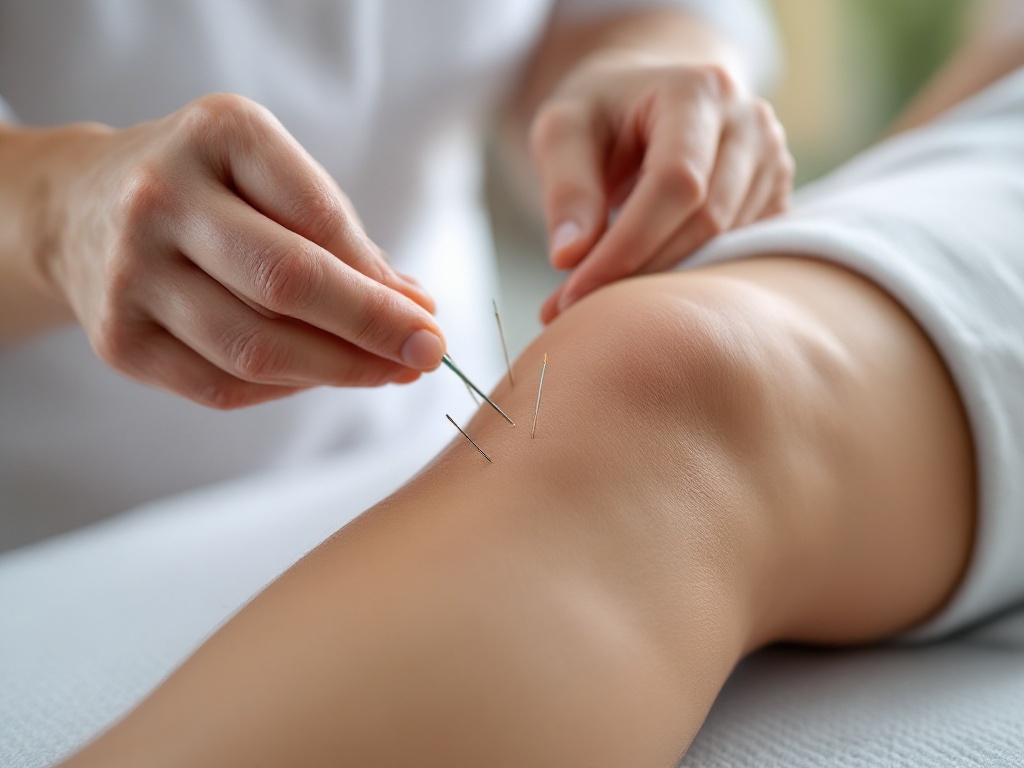
Acupuncture, an ancient Chinese healing practice, has gained recognition in Western medicine for its potential to alleviate various types of pain, including joint discomfort. This technique involves inserting thin needles into specific points on the body to stimulate healing and pain relief.
A recent clinical research paper published in Frontiers in Neurology (https://www.frontiersin.org/journals/neurology/articles/10.3389/fneur.2024.1361037/full) evaluated the effectiveness of acupuncture treatments in managing postoperative pain and improving knee function in patients undergoing total knee arthroplasty (TKA). The study used anetwork meta-analysis approach to compare different types of acupuncture-related interventions.
Key findings from the study:
- Acupuncture, when used in conjunction with multimodal analgesia, showed significant improvements in postoperative pain management
- Certain acupuncture techniques demonstrated better efficacy in improving knee function
- The research provided evidence-based recommendations for selecting optimal acupuncture treatment approaches in clinical settings
Time Required: 30-60 minutes per session
Materials Needed: None (provided by the acupuncturist)
Considerations for acupuncture treatment:
- Seek treatment from a licensed and experienced acupuncturist
- Discuss your medical history and current medications with the practitioner
- Be prepared for a series of treatments, as benefits often accumulate over time
Benefits: Acupuncture may help reduce joint pain, improve mobility, and enhance overall well-being. A meta-analysis published in the journal Evidence-Based Complementary and Alternative Medicine found that acupuncture was effective in reducing pain and improving physical function in patients with chronic knee pain.
While generally safe when performed by a qualified practitioner, acupuncture may not be suitable for everyone. Consult with your healthcare provider before starting acupuncture, especially if you have a bleeding disorder or are taking blood thinners.
8. Mindfulness and Stress Reduction

The connection between stress and joint pain is well-established, with chronic stress potentially exacerbating inflammation and pain perception. Mindfulness practices and stress reduction techniques can play a significant role in managing joint pain by addressing both the physical and psychological aspects of discomfort.
Time Required: 10-30 minutes daily
Materials Needed: Comfortable seating or yoga mat, optional guided meditation app or audio
Effective mindfulness practices for joint pain management:
- Meditation: Focusing on breath or a mantra to calm the mind
- Progressive Muscle Relaxation: Systematically tensing and relaxing muscle groups
- Mindful Movement: Gentle yoga or tai chi practices that combine movement with breath awareness
- Body Scan: A guided practice of bringing attention to different parts of the body
- Mindful Pain Management: Techniques for observing pain sensations without judgment
Benefits: Research published in the Journal of Pain found that mindfulness-based stress reduction programs can significantly reduce pain intensity and improve physical function in individuals with chronic pain conditions, including joint pain. These practices can help by:
- Reducing stress-induced inflammation
- Improving pain coping mechanisms
- Enhancing overall mood and quality of life
- Promoting better sleep, which is crucial for pain management and healing
To incorporate mindfulness into your daily routine, start with short sessions and gradually increase the duration. Consistency is key in developing a mindfulness practice. Many find it helpful to use guided meditations or attend group classes to maintain motivation and learn proper techniques.
For those interested in deepening their understanding of holistic health practices, including stress management techniques, the Introduction To Naturopathy course offers valuable insights into natural approaches to wellness.
Conclusion
Managing joint pain through natural remedies offers a holistic approach to improving quality of life and reducing discomfort. From dietary supplements like turmeric and omega-3 fatty acids to lifestyle practices such as regular exercise and mindfulness, these eight natural remedies provide a comprehensive toolkit for addressing joint pain.
It’s important to remember that while these remedies can be highly effective, they work best as part of an integrated approach to health. Combining multiple strategies and working closely with healthcare professionals can yield the best results. Always consult with a qualified healthcare provider before starting any new treatment regimen, especially if you have existing health conditions or are taking medications.
For those looking to expand their knowledge of natural health practices, resources like the 50 Natural Home Remedies A Curated Collection Of Simple Remedies For All can provide additional insights into holistic wellness approaches.
Explore More
- 8 Herbal Remedies For Dry Skin
- 10 Naturopathic Treatments For Specific Health Conditions
- Naturopathy Vs Conventional Medicine Comparison
- Getting Natural Relief From Pain Through Naturopathy
References
- https://www.arthritis.org/health-wellness/healthy-living/nutrition/anti-inflammatory/turmeric-wont-help-arthritis
- https://essenceofwellness.com/drjanesmith/
- https://www.mayoclinic.org/diseases-conditions/osteoarthritis/diagnosis-treatment/drc-20351930
- https://www.health.harvard.edu/blog/curcumin-for-arthritis-does-it-really-work-2019111218290
- https://www.zahnchiropractic.com/anti-inflammatory-omega-3-fatty-acids-joint-mobility/
- https://www.arthritis.org/health-wellness/healthy-living/physical-activity/getting-started/8-ways-exercise-helps-joints
- https://www.frontiersin.org/journals/neurology/articles/10.3389/fneur.2024.1361037/full

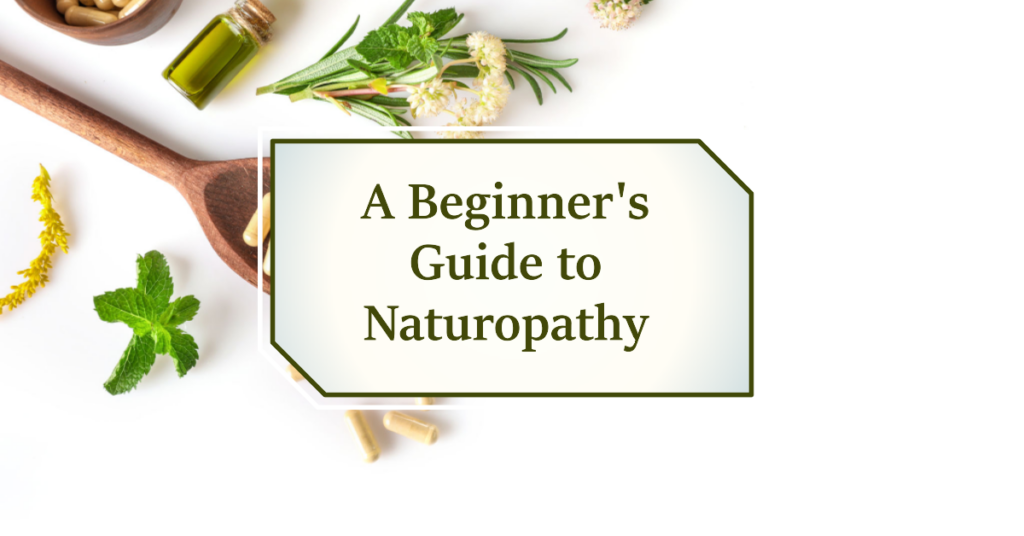








Responses